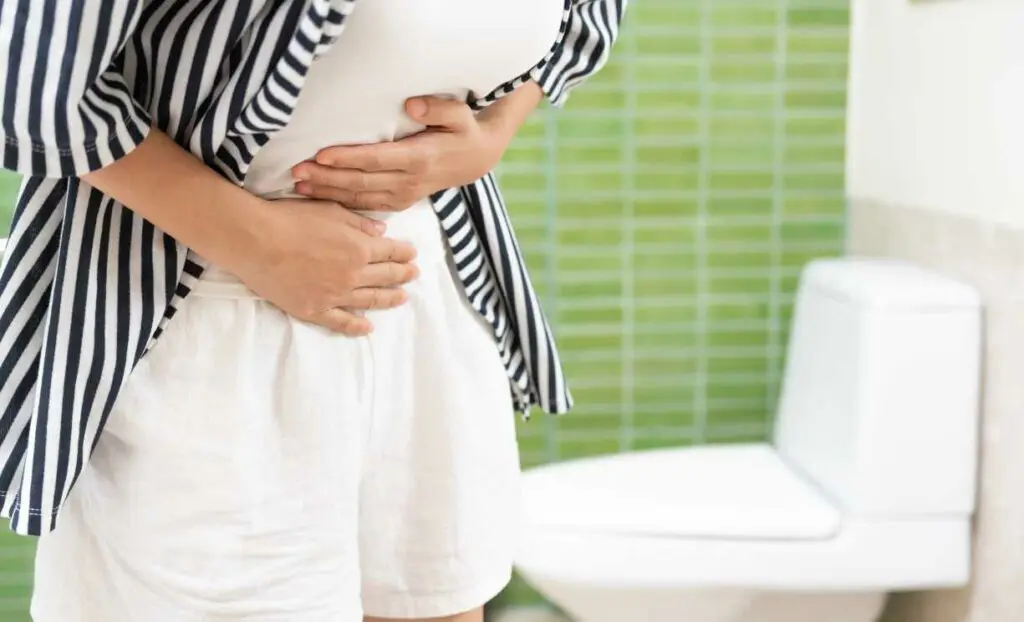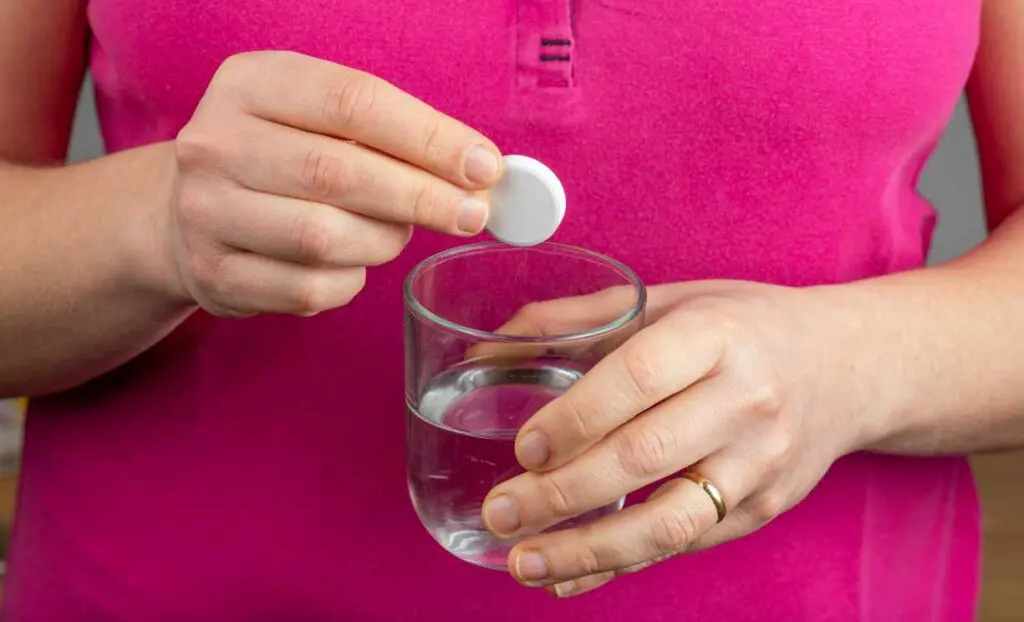Menopause is a natural phase in a woman’s life that brings about various changes, including shifts in hormone levels that can impact urinary health. One common concern during menopause is the development or exacerbation of overactive bladder (OAB) symptoms. The good news is that there are effective treatment options available to help manage and alleviate the challenges associated with an overactive bladder. In this blog, we will explore these treatment options and empower women to navigate menopause with confidence and comfort.
Contents
Understanding Overactive Bladder and Menopause
As women go through menopause, a natural phase marked by hormonal changes signaling the end of reproductive years, they may encounter a common issue known as overactive bladder (OAB). During menopause, the levels of estrogen, a key hormone supporting various bodily functions, decline significantly. This reduction can impact the health of the pelvic floor muscles and the urethra, leading to an overactive bladder.
Picture the pelvic floor muscles as a support system for the bladder—when estrogen decreases, these muscles may weaken. Additionally, the lining of the urethra, the tube through which urine exits, may become thinner. This combination can result in sudden urges to urinate, increased frequency, and sometimes waking up at night to use the bathroom. Understanding this connection is vital for women navigating menopause, allowing them to make informed decisions about their health and well-being.
Treatment Options For Overactive Bladder During Menopause
Addressing an overactive bladder involves various treatment options tailored to individual needs. Here are some effective strategies for managing and alleviating symptoms:
- Lifestyle Adjustments: Making mindful lifestyle changes is crucial for managing OAB. Steering clear of irritants like caffeine and alcohol, staying well-hydrated, and maintaining a healthy weight are essential steps. These adjustments contribute to alleviating pressure on the bladder, promoting better overall bladder health.
- Pelvic Floor Exercises (Kegels): Incorporating regular Kegel exercises into your routine strengthens the pelvic floor muscles. This targeted exercise enhances bladder control and diminishes the urgency associated with OAB.
- Bladder Training: Gradually adjusting the timing of bathroom visits as part of bladder training helps train the bladder to hold urine for longer periods. This systematic approach can effectively reduce the urgency and frequency of bathroom trips, contributing to improved bladder control.
- Scheduled Toilet Trips: Establishing a consistent bathroom schedule, even when there’s no immediate urge, is a proactive strategy. This helps regulate bladder function, minimizing sudden urges and providing individuals with better control over their bathroom habits.
- Hormone Replacement Therapy (HRT): Menopausal women experiencing OAB symptoms may consider Hormone Replacement Therapy (HRT). This approach addresses hormonal imbalances related to menopause, supporting overall bladder health. Consulting with a professional helps tailor HRT to individual needs.
- Minimally Invasive Procedures: Non-surgical interventions like Botox injections and nerve stimulation techniques provide alternatives for effective relief from OAB symptoms. These approaches offer targeted solutions.
- Surgical Interventions: Reserved for severe cases, surgical procedures like bladder augmentation aim to enhance bladder capacity and reduce symptoms. While these interventions are less common, they become considerations when conservative approaches prove insufficient in managing OAB symptoms effectively.
Medications For Overactive Bladder
Here are some common medicines for the treatment of overactive bladder during menopause:
- Anticholinergic Medications: Anticholinergic medications, such as Oxybutynin, Tolterodine, and Solifenacin, work by blocking the action of acetylcholine, a neurotransmitter that stimulates bladder contractions. By inhibiting this stimulation, these medications reduce the frequency and urgency of urination, offering relief from overactive bladder symptoms.
- Beta-3 Agonists: Mirabegron, an example of a beta-3 agonist, operates by stimulating beta-3 receptors in the bladder. This stimulation leads to relaxation of the bladder muscle, increasing bladder capacity and decreasing episodes of urgency. Beta-3 agonists provide an alternative approach to managing overactive bladder symptoms.
- Hormone Replacement Therapy (HRT): For menopausal women experiencing overactive bladder symptoms, Hormone Replacement Therapy (HRT) is a common treatment. HRT, often involving estrogen therapy, aims to restore hormonal balance and alleviate urinary symptoms associated with menopause.
- Topical Estrogen: Estrogen creams, a form of topical estrogen therapy, are applied directly to the vaginal tissues. This localized treatment helps improve the health of vaginal and urethral tissues, addressing urinary symptoms related to menopause.
- Tricyclic Antidepressants: Tricyclic antidepressants, like Imipramine, possess anticholinergic effects that can help relax the bladder muscles. In some cases, they are prescribed to manage overactive bladder symptoms by reducing muscle contractions and associated urgency.
- Combination Therapies: Combining anticholinergic medications with beta-3 agonists represents a comprehensive approach to overactive bladder management. This combination targets different aspects of bladder function, providing a more nuanced and effective treatment strategy.
- Botox Injections: Botox injections, administered directly into the bladder muscle, temporarily paralyze the muscle. This paralysis reduces contractions and symptoms of urgency, making Botox a potential option for individuals who do not respond adequately to other medications.
- Neuromodulation: Neuromodulation techniques, such as sacral nerve stimulation, involve stimulating specific nerves to regulate bladder function. Sacral nerve stimulation, in particular, has proven effective in managing overactive bladder symptoms by modulating neural signals related to bladder control.
- Alpha-Blockers: While more commonly prescribed for conditions like enlarged prostate, alpha-blockers, such as Tamsulosin, may be considered in some cases to relax muscles in the bladder neck, improving urinary flow and alleviating overactive bladder symptoms.
Natural Remedies For Overactive Bladder Due To Menopause
Here are some common natural remedies for overactive bladder during menopause:
- Herbal Teas: Certain herbal teas, such as chamomile or cranberry tea, are known for their potential benefits in supporting urinary health. Chamomile has soothing properties, while cranberry may help prevent urinary tract infections, which can exacerbate overactive bladder symptoms.
- Pumpkin Seeds: Pumpkin seeds contain nutrients that support overall bladder health. They are a good source of magnesium, potassium, and antioxidants. Including pumpkin seeds in your diet may contribute to the management of overactive bladder symptoms.
- Yoga and Pelvic Exercises: Engaging in yoga and pelvic floor exercises can strengthen the muscles supporting the bladder. Specific poses and exercises focus on improving pelvic muscle tone, promoting better bladder control, and reducing the urgency associated with overactive bladder.
- Dietary Changes: Adjusting your diet can have a positive impact on overactive bladder symptoms. Avoiding bladder irritants such as caffeine, spicy foods, and acidic beverages can help minimize urinary urgency and frequency.
- Acupuncture: Acupuncture, an alternative therapy involving the insertion of thin needles into specific points on the body, has been explored for its potential in managing overactive bladder symptoms. Some individuals report improvements in bladder control.
- Biofeedback: Biofeedback involves learning to control physiological functions, such as muscle activity, to improve bladder function. It can be particularly beneficial for women experiencing overactive bladder during menopause by enhancing awareness and control over pelvic muscles.
- Essential Oils: Certain essential oils, such as peppermint or lavender, may offer relaxation benefits. Aromatherapy using these oils might help reduce stress and anxiety, contributing to better overall well-being and potentially alleviating overactive bladder symptoms.
- Mind-Body Techniques: Mindfulness meditation and deep breathing exercises can help manage stress, which is often linked to overactive bladder symptoms. Incorporating these mind-body techniques into daily routines may contribute to a more controlled bladder function.
Conclusion
In conclusion, addressing an overactive bladder during menopause involves a multifaceted approach tailored to individual needs and symptoms. The array of treatment options, from medications like anticholinergics and beta-3 agonists to hormone replacement therapy and neuromodulation techniques, provides a spectrum of choices for women navigating this phase of life.





Very interesting details you have observed, appreciate it for posting.Expand blog